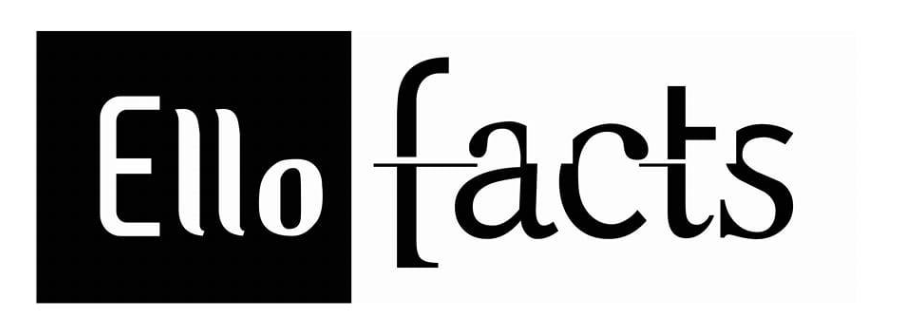Minimum Balance Rule in Banks: Check How Much You Need to Maintain in HDFC, SBI, and Other Banks’ Savings Accounts
Know the latest 2025 minimum balance rules for SBI, HDFC, ICICI, Axis & more. Avoid penalties, maintain savings, and manage accounts smartly

Maintaining a savings account is an essential part of financial management, but many people overlook one key requirement — the minimum balance rule. This rule, set by banks, determines the minimum amount you must keep in your account to avoid penalties. In 2025, most major Indian banks, including HDFC Bank, State Bank of India (SBI), ICICI Bank, Axis Bank, and others, continue to follow specific minimum balance requirements depending on the type of savings account and the branch location (metro, urban, semi-urban, rural).
Introduction & History
The minimum balance concept was introduced decades ago as a way for banks to maintain liquidity and manage operational costs. Over time, it has evolved, with banks offering different tiers of accounts — from zero-balance savings accounts to premium accounts with higher balance requirements.
Current Minimum Balance Requirements (2025)
Here’s an overview of the minimum average monthly balance (AMB) for popular banks:
-
SBI: ₹1,000–₹3,000 depending on branch location; some accounts are zero-balance (e.g., Jan Dhan Yojana).
-
HDFC Bank: ₹10,000 for metro branches, ₹5,000 for semi-urban, ₹2,500 for rural.
-
ICICI Bank: ₹10,000 (metro/urban), ₹5,000 (semi-urban), ₹2,000 (rural).
-
Axis Bank: ₹12,000 for metro, ₹5,000 for semi-urban, ₹2,500 for rural.
-
Kotak Mahindra Bank: ₹10,000 (metro), ₹5,000 (semi-urban), ₹2,000 (rural).
(Note: These figures may change with new RBI or bank policy updates.)
How to Maintain Your Minimum Balance
-
Track Your Average Monthly Balance: Many banks calculate minimum balance as AMB, meaning you can compensate low days with higher deposits on other days.
-
Automate Salary Credit or Transfers: Set up auto-transfers from other accounts to avoid dipping below the limit.
-
Avoid Unnecessary Withdrawals: Plan expenses and ATM withdrawals to keep enough cushion in your account.
-
Use Zero-Balance Accounts if Needed: If maintaining a high balance is difficult, opt for zero-balance or basic savings bank deposit accounts.
Savings Account Rules & Updates
-
Falling below the minimum balance usually results in penalties (₹50–₹600 per month).
-
Some banks waive the requirement for senior citizens, students, or salary account holders.
-
RBI encourages financial inclusion, so basic savings accounts have no minimum balance rules.
Importance & Significance
-
Encourages disciplined saving habits.
-
Helps banks manage operational liquidity.
-
Impacts your creditworthiness and relationship with the bank.
Advantages
-
Keeps your funds accessible for emergencies.
-
Offers benefits like free ATM transactions, cheque books, and net banking.
-
Sometimes linked to better interest rates or perks.
Disadvantages
-
Low flexibility for people with irregular incomes.
-
Penalties can erode savings if balance is not maintained.
Final Thoughts & Conclusion
Maintaining the minimum balance is not just a rule but a financial habit that ensures smooth banking operations and customer benefits. However, for those who find it challenging, zero-balance accounts or government schemes offer a better alternative. As banking policies evolve, customers should stay informed about the latest requirements to avoid unnecessary penalties and maximize account benefits.

 Ellofacts
Ellofacts 





